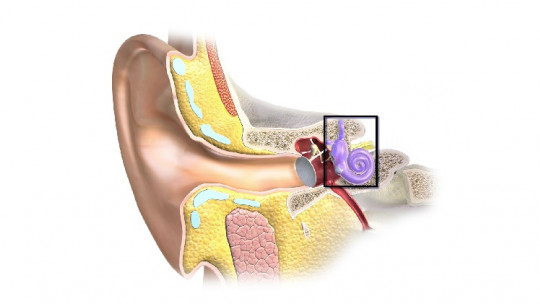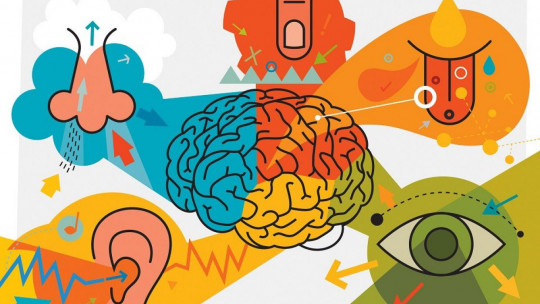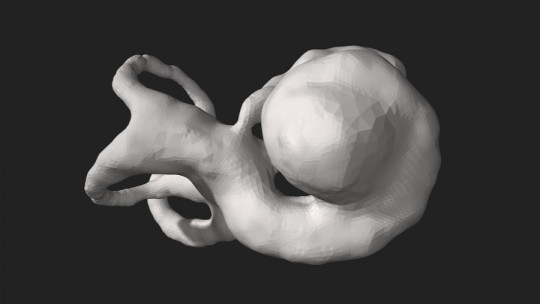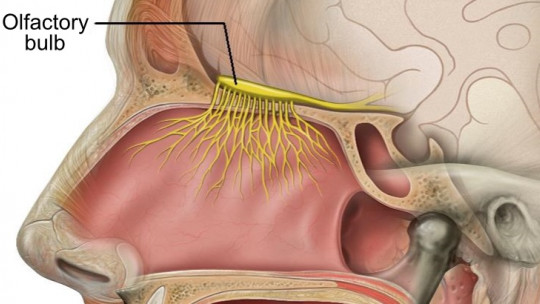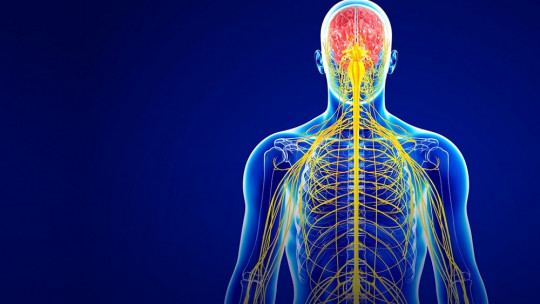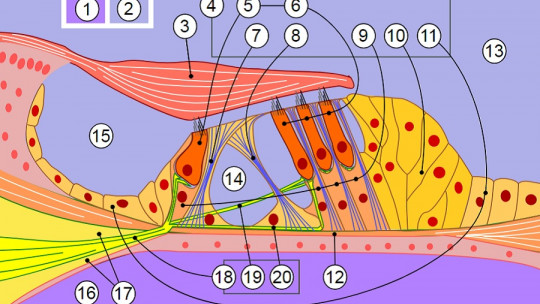
Our ability to perceive what is happening around us is a key element in allowing us to survive. Of all the senses, the most developed in human beings is sight. But probably after this the next one that seems most relevant to us when it comes to analyzing the environment is hearing.
Thanks to hearing we are able to perceive the vibrations generated by elements as relevant as the movements of the stimuli or our distance from them. And it even allows us to generate and capture speech, or enjoy music. But to do this we need something that transforms the vibrations into something actionable. And within the auditory system, there is a fundamental organ in this process: the organ of Corti
The organ of Corti: an important part of the auditory system
It is called the organ of Corti. a small structure present in our auditory system which is of capital importance for said system, since it is responsible for taking the first step in the transformation of environmental vibrations into stimuli interpretable by our nervous system and without it auditory perception would not be possible.
This spiral-shaped organ is part of the inner ear and is part of the auditory neuroepithelium. It is located in the cochlea specifically in the middle scala of the latter, resting on the basilar membrane.
The organ of Corti is a sensory structure in which along four large rows there are various types of cells, mainly ciliated, that have mechanoreceptors and which connect with the auditory nerve (the bodies of the neurons of the VIII cranial nerve). are found in the organ of Corti).
These cells, which are found in large numbers (between 16,000 and 24,000), are the main receptor of the sounds that reach us
The relevant role of this organ: how do we hear?
The organ of Corti is perhaps one of the most important in the auditory system, and thanks to it our body is capable of transducing external stimuli.
To better understand how it works, we must keep in mind that the sounds we perceive are waves of different frequencies, which generate a vibration when emitted. But our nervous system does not work with these waves simply: it is necessary that there be some organ or element that receives this information, of a mechanical type, and transforms it into a bioelectric impulse that can travel and be interpreted by the brain And in this case this receptor is the organ of Corti, or rather the hair cells that are part of it.
When we hear something we are actually capturing vibrations, which reach our auditory system through the pinna and travel through the different parts of the outer and middle ear: the ear canal, the eardrum and the chain of ossicles (anvil, hammer and stirrup). ), as well as the Eustachian tube, until reaching the oval window, a membrane that covers the cochlea and from which the inner ear begins.
In the cochlea there are different parts, one of them being the basilar membrane. The vibrations that arrive will generate a wave that will cause a movement of the cells that rest on it which are part of the organ of Corti, in such a way that this movement causes ionic channels to open that will end up generating a depolarization, turning the mechanical wave into a bioelectric signal.
In addition to the mere perception of sound, according to the tonotopic theory, thanks to the organ of Corti we can also differentiate between different tones and volumes, depending on the area in which the movement of the basilar membrane generates the maximum stimulation of the hair cells. Likewise, from the observation of cases in which there is damage in this area and in the cochlea, it has been observed that There is a relationship between the organ of Corti and balance
Two major types of hair cells
As we have mentioned, the organ of Corti consists of a series of cells which allow us to transform vibrations into sounds. The main cells responsible for this phenomenon are ciliated cells Now, not all cells in the organ of Corti are the same, but we can find two types of them.
inner hair cells
The inner hair cells (approximately we have 3,500) are properly the phonoreceptors of the auditory system, that is, those elements that generate the transduction of information from vibration to electrical impulse.
These are cells that are supported by the basilar membrane and that They are connected to the auditory nerve and whose action occurs when its movement causes the displacement of the liquid in which they are immersed or endolymph.
This generates a movement of the cilia, that open channels through which sodium and potassium ions enter in such a way that they end up causing a depolarization, in which they will release glutamate in the neurons that innervate them and generate the electrical impulse and take it to the central nervous system.
Outer hair cells
The outer hair cells (around 12,000) differ from the previous ones in that, in reality, they are fixed to the tentorial membrane by part of their longest cilia, while they are in contact with the basilar from other cells that They give them support, Deiters cells The outer ciliates are totally affected by the movement of the basilar membrane, independently of the movement of the endolymph.
Their function is not to generate electrical stimuli from mechanical ones so that the brain can process them, but rather they do the opposite in order to be able to process them. modulate the selectivity of the frequencies we capture They are mainly modulators.
Support cells
Although ciliated cells are the most relevant cells to explain the functioning of the organ of Corti, it is necessary to mention that in addition to them within said organ we can find cells that support and allow their survival. These are, for example, the aforementioned Deiters cells and those of Hansen (which are attached to them).
Problems linked to injuries in this organ
The organ of Corti and the cochlea They are fundamental elements in the perception of sound, so the existence of diseases or injuries that alter their functioning or destroy them will have serious consequences in this regard. The causes that can generate this type of injury can be found in trauma, tumors, infections, aging of the auditory system or irrigation problems.
Degeneration or injury to the organ of Corti can cause alterations such as the presence of tinnitus, echoes, hearing loss or sensorineural hearing loss, algiacusis (pain in hearing) or even diploacusis (double perception of the same sound, even within the same ear).
Complete loss of said organ would cause deafness, since we would not be able to process auditory information. Also alterations in balance.

